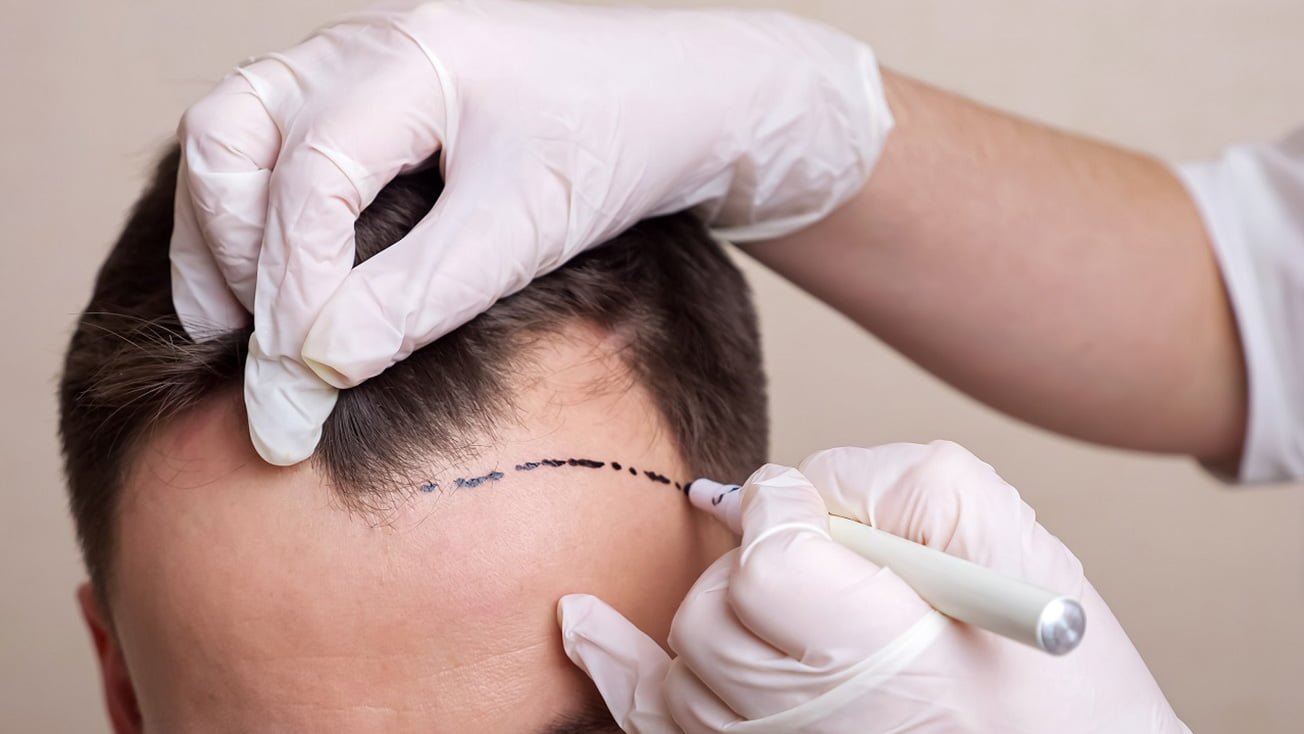What is Hair Loss?
Hair loss may occur due to seasonal changes, stress, iron deficiency, and hormone disorders. However, long-term hair loss may be a symptom of serious diseases. Seasonal changes, stress, iron deficiency and hormone disorders can cause hair loss.
In a healthy person, hair loss can last up to 2 months. Hair loss that repeats 3 times a year and exceeds 2 months may be a sign of some serious diseases and may require expert help. Hair loss usually begins 3-4 months after the triggering factor and can return to normal 6-12 months after these factors are treated.
Every existing hair strand has a life cycle. Each strand of hair lives for 4-6 years, then rests and then falls out. Hair loss in this way is an extremely natural process and 50-100 strands of hair loss per day is considered normal. If there is more hair loss than this number, if the amount of hair visible while taking a bath increases, or if we find 3-5 strands of hair when we pull the washed and dried hair by hand, this situation should be taken seriously. Hair loss can have many different causes. The important thing is to identify this cause and provide appropriate treatment.
What are the causes of hair loss?
In addition to genetic factors, stress, hormonal factors, malnutrition and vitamin-mineral deficiencies, dermatological diseases that cause scalp involvement such as psoriasis, eczema, lichen disease and fungus can be the cause of hair loss.
Male pattern hair loss, which we see most frequently, is a type of hair loss that can start at an early age in both male and female patients and can result in baldness if left untreated.
In addition, insulin resistance, diabetes, birth control drug use, depression, chemotherapy, tying the hair tightly, underwear, blow drying procedures exposed to excessive heat, dyes used to lighten hair, lighteners, and straightening methods damage the hair from the outside and cause hair loss.
What are the hair loss treatments?
First of all, the cause of hair loss should be determined by scalp examination and the treatment plan should be made accordingly. Whatever the dermatological disease or triggering factor causing scalp involvement should be treated at the first stage.
Hair mesotherapy is an effective treatment method that is frequently used for hair loss. Hair mesotherapy involves the process of directly injecting vitamins, antioxidants, minerals and circulation regulating substances necessary for the healthy growth and development of hair into the scalp with micro needles. Injection is provided at approximately 1 cm intervals. Then, a massage is applied to the scalp.
The PRP procedure, which is the method that provides the most effective results for people suffering from hair loss, is performed by taking the patient’s own blood and passing it through certain procedures. Here, the part called fibroblast, which will nourish the roots and ensure their development, is separated and injected into the spilled area. This method is especially effective in genetic shedding. Hair mesotherapy can also be applied in combination with PRP to those with genetic hair loss. Generally, 6-8 sessions are applied at two-week intervals.
Stem cell therapy is not a hair transplantation procedure; It is a supportive application that strengthens weak hair strands. Stem cells, which have the ability to self-renew and reproduce, are one of the most valuable building blocks of our body. The aim of the treatment with fat stem cells is to support hair stem cells and reduce hair loss by taking advantage of the restorative cell regenerative properties of this stem cell. Strong stem cells will create a suitable environment for healthy hair.
Thanks to stem cell treatment applied to weak hair follicles, you can achieve more vibrant and shiny hair.

